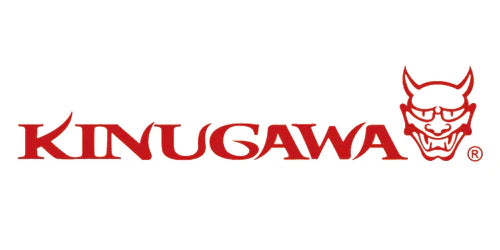The primary advantage of a drop-in turbocharger over a bolt-on turbocharger is its cost-effectiveness and ease of installation.
A drop-in turbocharger is designed to reuse all OEM components, including coolant lines, oil lines, heat shields, and support brackets. This eliminates the need to purchase additional parts and simplifies the installation process, resulting in significant cost savings for the customer.
In contrast, a bolt-on turbocharger only shares the turbine inlet and outlet flanges with OEM turbochargers, requiring additional components and modifications for installation. This increases the overall cost and complexity of the upgrade.

Pros:
- Cost-effective: Eliminates the need for additional components like coolant lines, oil lines, and intake systems, resulting in significant cost savings.
- Easy installation: Reuses OEM components and mounting points, simplifying the installation process and reducing labor costs.
- OEM compatibility: Maintains compatibility with the vehicle's existing systems, minimizing the risk of compatibility issues.
- Improved performance: Offers improved power and efficiency compared to the stock turbocharger, providing a noticeable performance upgrade.
- Limited upgrade potential: While offering a performance improvement over the stock turbocharger, a drop-in turbocharger may have limitations in achieving very high power levels compared to custom big turbo builds.
- Potential for increased wear on engine components: The increased power output may put additional stress on the engine and drivetrain components, potentially leading to increased wear or the need for upgrades to support the higher power levels.

